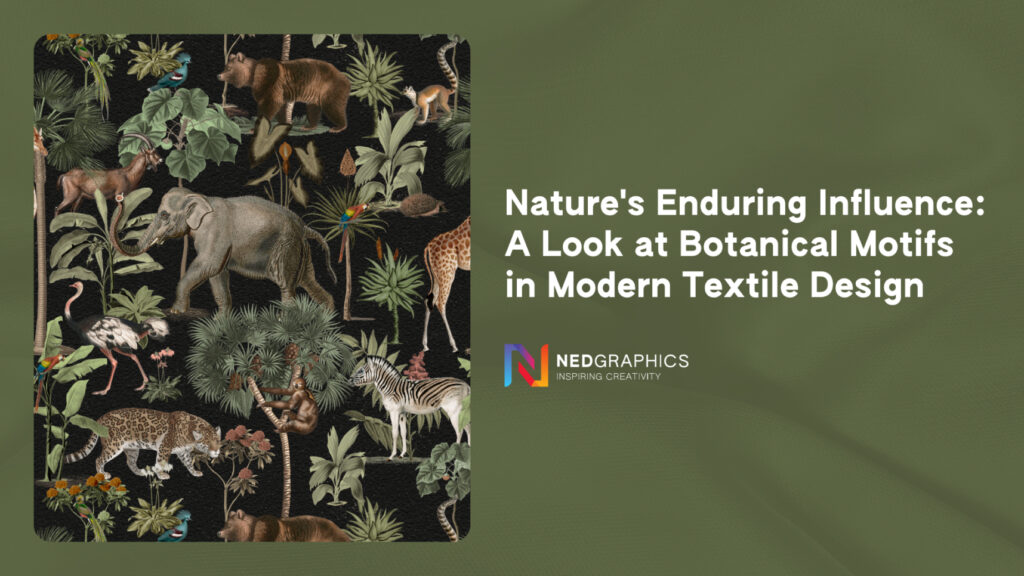
Nature has always been a boundless source of inspiration for artists and designers alike. Its timeless beauty, intricate patterns, and vibrant colors offer a rich palette of ideas waiting to be explored and transformed into captivating works of art. From the delicate veins of a leaf to the mesmerizing curves of a vine, nature’s creations provide an endless well of creativity that continues to inspire innovative textile designs.
In this blog, we delve into the enchanting world of botanical prints and organic motifs in textile design. Our goal is to ignite your creativity and guide you in discovering the potential of nature-inspired designs. These nature-inspired elements not only bring a touch of the outdoors into our living spaces but also add a layer of depth and meaning to the textile you create. By embracing the natural world, designers can create pieces that resonate with a sense of tranquility, vitality, and timeless elegance as an ode to mother nature and our planet.
Read on to further explore how you can use NedGraphics tools, specifically the Design & Repeat software, to effortlessly bring these beautiful motifs to life. Whether you’re a seasoned designer or just beginning your journey, this article aims to provide you with the inspiration and practical knowledge needed to create stunning, innovative textile designs that capture the essence of nature.
For a brief look at some historical context, the relationship between nature and textile design dates back centuries, and is deeply rooted in the history of art and craftsmanship. Botanical prints and organic motifs have been a staple in textile design across various cultures and eras, symbolizing humanity’s enduring fascination with the natural world.
In ancient Egypt, floral and botanical motifs adorned textiles, reflecting the civilization’s reverence for nature and its symbolic meanings. Lotus flowers, papyrus plants, and palm leaves were common elements in their designs, often representing rebirth and eternal life.
In Asia, particularly in China and Japan, botanical prints have long been an integral part of textile art. The intricate designs of cherry blossoms, chrysanthemums, and bamboo captured the delicate beauty of nature and were often used in traditional garments like kimonos and robes.
The colonial period introduced exotic plants and flowers from around the world into European textile designs. The Victorian era, in particular, celebrated floral patterns, with elaborate botanical motifs adorning everything from wallpapers to dresses, showcasing the intricate and lush qualities of nature.
The Renaissance period in Europe saw a resurgence of interest in the natural world. Textile designs during this era featured detailed botanical illustrations, often inspired by the burgeoning field of botanical science. Artists like William Morris in the 19th century further popularized nature-inspired patterns, emphasizing the harmony and beauty found in natural forms.
Today, the appeal of nature in textile design is as strong as ever. Modern trends continue to draw inspiration from the natural world, blending traditional motifs with contemporary aesthetics to create innovative and refreshing designs.
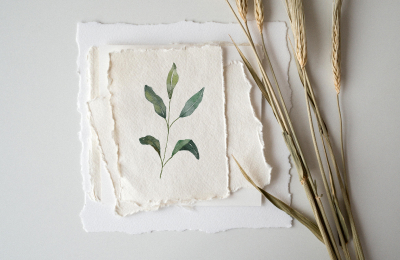
With a growing awareness of environmental issues, there is a significant trend towards sustainable and eco-friendly textile design. Designers are increasingly using organic materials (for example, Mylo, mushroom-based bio leather) and natural dyes, reflecting their commitment to preserving nature while drawing inspiration from it. Botanical prints featuring native plants and flowers highlight the importance of biodiversity and ecological balance.
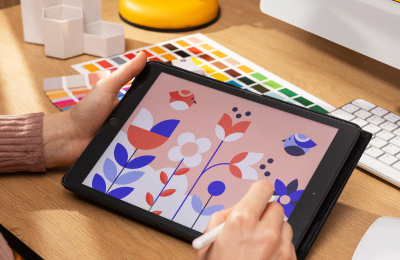
The advent of digital printing technology has revolutionized textile design, allowing for more detailed and complex botanical prints and organic motifs. Designers can now create hyper-realistic representations of nature, incorporating intricate details and vibrant colors that were previously difficult to achieve with traditional methods.
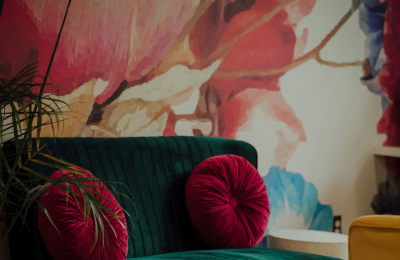
Biophilic design, which emphasizes the connection between humans and nature, has gained popularity in both interior and textile design. This trend focuses on bringing elements of the natural world into living and working spaces, enhancing well-being and comfort. Textile designs featuring botanical and organic motifs play a crucial role in this movement, providing a visual and tactile link to nature.
The timeless appeal of nature in textile design lies in its ability to evoke a sense of beauty, tranquility, and connection to the natural world. By incorporating botanical prints and organic motifs into their work, designers can create pieces that not only captivate the eye but also resonate with a deeper, more universal appreciation for nature.
Botanical prints are a type of textile design that features detailed representations of plant life. Typically, botanical prints strive to mimic the appearance of plants as closely as possible, often using a variety of colors and shades to reflect the diversity found in nature. The key characteristics of botanical prints include their realistic and detailed nature, their use of vibrant and varied color palettes, and their ability to convey a sense of freshness and vitality.
Popular botanical elements in textile design encompass a wide range of plant life, each carrying its own symbolic meanings.
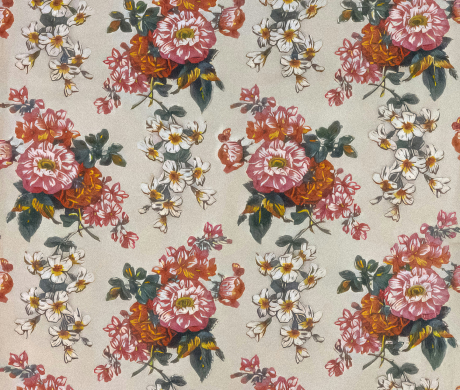
Flowers, for instance, are a perennial favorite. Roses symbolize love and beauty, while lilies represent purity and renewal.Popular botanical elements in textile design encompass a wide range of plant life, each carrying its own symbolic meanings.
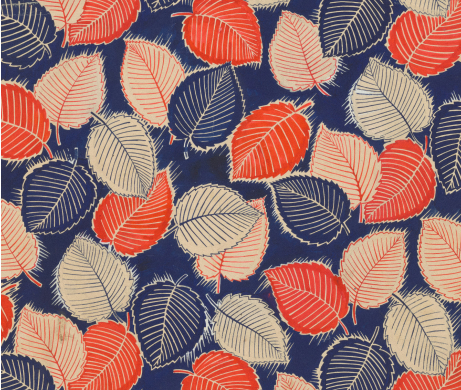
Leaves, another common element, can signify growth and change; the delicate structure of a fern or the broad expanse of a maple leaf can evoke a sense of natural elegance and strength.

Trees are also a significant motif, with the oak tree symbolizing strength and endurance, and the willow representing flexibility and resilience.
These elements not only enhance the aesthetic appeal of the textiles but also imbue them with rich, symbolic meaning that can resonate on a deeper level with viewers and users.
Numerous famous designers and brands have successfully incorporated botanical prints into their collections, creating iconic and memorable pieces. One such example is the work of William Morris, a 19th-century designer whose intricate and lush botanical patterns became synonymous with the Arts and Crafts movement. His designs, featuring elaborate floral and foliage motifs, continue to influence textile design today.
Another notable example is the contemporary fashion brand Erdem, which frequently incorporates botanical prints into its collections. Erdem’s use of floral patterns, inspired by botanical illustrations and gardens, creates garments that are both romantic and modern.
Additionally, the iconic Liberty of London is renowned for its floral and botanical prints. The brand’s timeless patterns, often featuring a dense array of flowers and foliage, have become a staple in both fashion and home textiles, celebrated for their detailed and colorful designs.
Botanical floral prints are a timeless and versatile element in textile design, characterized by their detailed and realistic representations of plant life. The popularity of flowers, leaves, and trees in these designs not only adds aesthetic value but also imbues the textiles with symbolic meanings.
Organic motifs in textile design refer to patterns and shapes that draw inspiration from the fluid, irregular forms found in nature. These motifs, unlike floral or botanical designs, move away from the structured and symmetrical designs often seen in geometric patterns, and are characterized by their free-flowing, asymmetrical, and natural forms.
These designs capture the essence of natural elements such as the curves of vines, the ripples of water, or the texture of tree bark. The key characteristics of organic motifs include their emphasis on movement and flow, their irregular and unpredictable shapes, and their ability to evoke a sense of natural harmony and tranquility. By incorporating these elements, designers can create textiles that feel alive and dynamic, reflecting the spontaneous beauty of the natural world.
Designers can find endless inspiration for organic motifs by observing the myriad shapes and patterns present in nature. One of the most common sources of inspiration is the undulating waves of the ocean or the ripples on a lake’s surface can inspire wavy, rhythmic patterns that add depth and fluidity to fabrics. By closely studying natural elements, designers can develop unique patterns that capture the essence of the organic world.
Furthermore, the natural world offers an abundance of textures that can be incorporated into textile design to enhance the tactile experience of the fabric. For instance, the rough, irregular texture of tree bark can inspire patterns that add a sense of ruggedness and natural beauty to a textile. The delicate, lacy structure of leaves can be used to create intricate, ethereal patterns that convey a sense of fragility and elegance. Even the seemingly random arrangement of pebbles on a riverbed can provide inspiration for creating patterns that evoke a sense of groundedness and natural order. By observing and interpreting these natural textures, designers can create textiles that not only look beautiful but also feel rich and inviting to the touch.
Incorporating organic motifs into textile design allows for a more natural and harmonious aesthetic, one that resonates with the inherent beauty of the natural world. By embracing the fluid, unpredictable forms found in nature, designers can create textiles that are both visually and tactilely engaging. This approach not only enhances the aesthetic appeal of the fabric but also creates a deeper connection between the user and the natural world, fostering a sense of well-being and appreciation for the beauty that surrounds us.
One of the most iconic designers known for his use of organic motifs is Alexander McQueen. The late designer’s collections often drew heavily from nature, incorporating organic shapes and textures to create dramatic and evocative pieces. For instance, McQueen’s 2010 “Plato’s Atlantis” collection featured fluid, biomorphic patterns that mimicked the undulating forms of oceanic life. The intricate, wave-like designs and the textured, scale-like details of the garments created a mesmerizing effect, blending fashion with natural beauty in a way that was both innovative and deeply rooted in organic forms.
In the realm of interior design, the British brand Sanderson is celebrated for its exquisite use of organic motifs in its fabrics and wallpapers. Sanderson’s collections often feature intricate botanical and organic patterns that bring the beauty of nature indoors. The “Waterperry” collection, for example, includes designs inspired by the flowing forms of wildflowers, leaves, and natural landscapes. The delicate and fluid patterns capture the essence of the countryside, creating a serene and harmonious ambiance in any space. By embracing organic motifs, Sanderson has been able to create timeless and elegant designs that resonate with nature lovers and design enthusiasts alike.
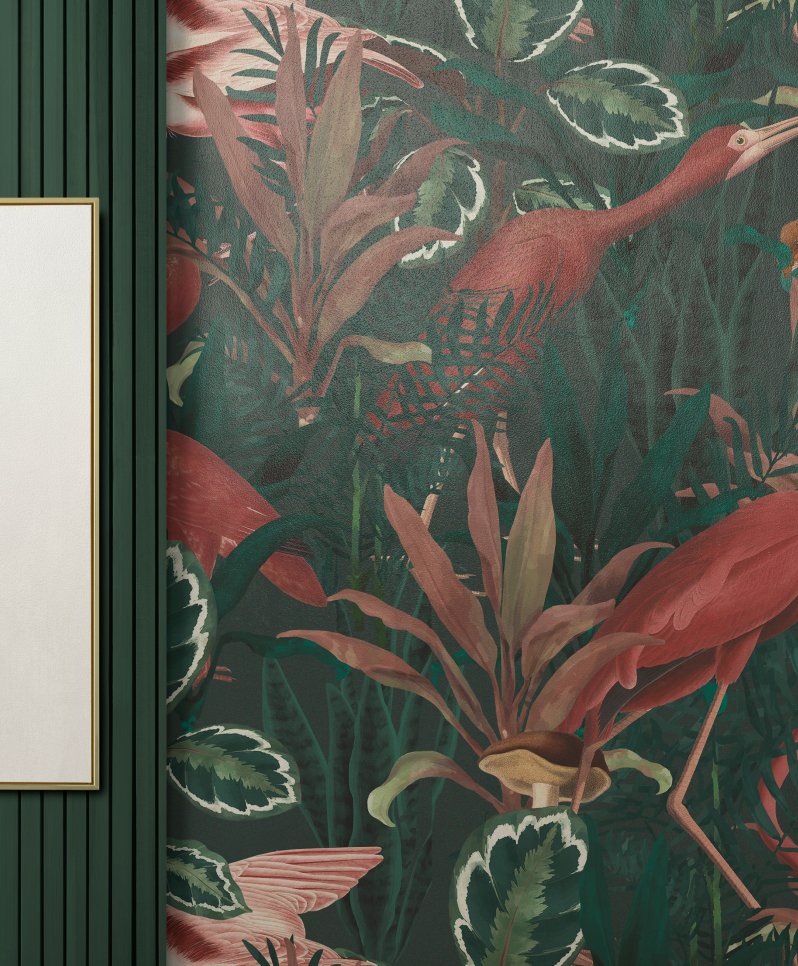

NedGraphics’ Design & Repeat tool is a great software solution tailored for textile designers aiming to create intricate and high-quality patterns.Renown for its versatility and powerful design tools, Design & Repeat offers an array of features that facilitate the design process from conception to final product. Whether you’re looking to craft detailed botanical prints or fluid organic motifs, this tool provides the essential functions and capabilities needed to bring your creative visions to life.
By utilizing the comprehensive features of NedGraphics’ Design & Repeat tool, designers can effortlessly create nature-inspired textile designs that are both innovative and aesthetically pleasing.
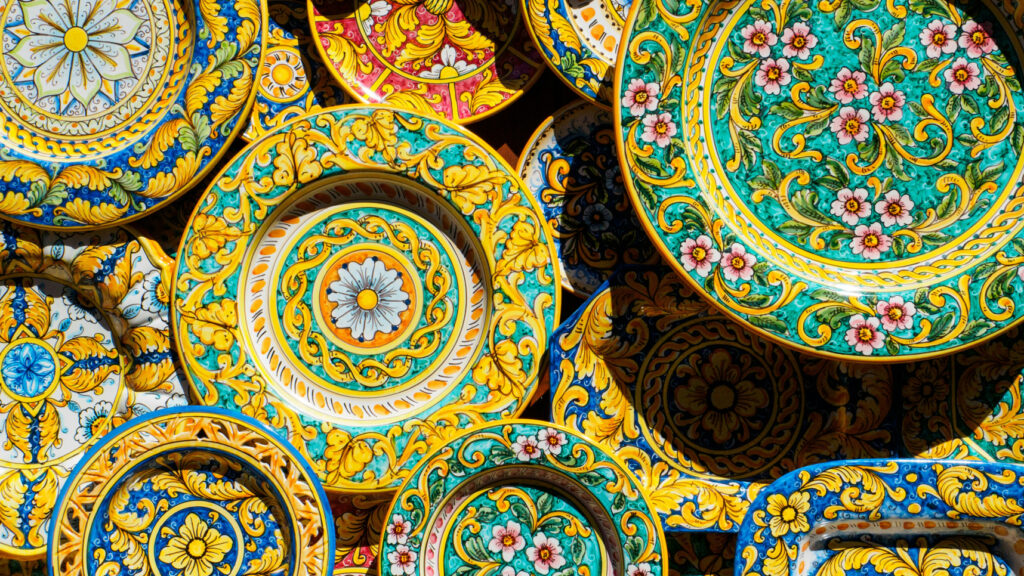
The timeless appeal of nature continues to inspire stunning textile designs, with botanical prints and organic motifs offering endless creative possibilities. To find inspiration, we invite designers to immerse themselves in nature through activities like nature walks, visits to botanical gardens, or capturing the beauty of the natural world through photography. This direct exposure helps in understanding the intricacies of botanical and organic forms. And remember, experimentation is key—don’t shy away from trying out different color palettes, textures, and patterns. This creative exploration can lead to unique and innovative designs that stand out.
Thank you for reading our most recent article. We’ve explored the rich history and modern trends of these designs, highlighted successful examples, and demonstrated how NedGraphics’ Design & Repeat tool can help you bring these nature-inspired patterns to life. We encourage you to explore the capabilities of Design & Repeat and start creating your own unique designs. Don’t forget to share your creations and experiences with nature-inspired textiles on social media using the hashtag #NedGraphicsNatureDesigns. For personalized demonstrations or further assistance, feel free to contact us at info@nedgraphics.com.
Let nature’s beauty guide your next design journey!
Your NedGraphics Team